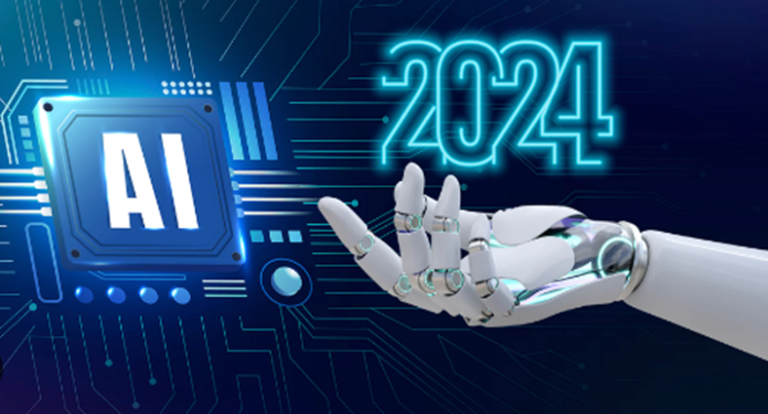Architectural Design Meets Technology: Trends to Watch in 2024
Technology is rapidly transforming architecture in 2024. It brings new tools and ideas in architectural designs. Architects now push boundaries with digital innovations.

3D Design Software in Architecture
In 2024, 3D design software is going to dominate architecture. Architects implement it to generate very accurate construction models. Tools like as AutoCAD and Revit provide accuracy and versatility. They let architects to see constructions prior to construction. These instruments can eliminate errors and increase efficiency. Clients are able to view finalized designs earlier.
Building Information Modeling (BIM) Evolution
BIM has become a necessity for architects by 2024. It makes sophisticated, full of data models. BIM integrates the design, construction, and execution procedures. Teams can simply cooperate using shared models. Contractors, engineers, and architects collaborate in an instant. This integration results in smoother completion of projects. BIM improves estimate of costs and planning.
Sustainable Design Driven by Technology
Sustainability remains a top priority in 2024. Architects now use technology to design eco-friendly buildings. Smart materials reduce energy use and environmental impact. Solar panels, green roofs, and rainwater systems are now common. Buildings are designed to conserve energy and water efficiently. Advanced software helps architects track sustainability goals.
Smart Materials in Modern Construction
Innovative materials are game changers in 2024 architecture. These materials respond to natural conditions. Thermochromic glass alters its transparency in its reaction to sunlight. This enhances the energy utilization of buildings. Self-healing concrete will mend itself with time. These developments enhance the life of constructions. Architects use them to create more durable, responsive buildings.
Prefabrication and Modular Construction Technology
Prefabrication is expected to become a major trend in 2024. Architects create structural elements that can be built off-site. This strategy speeds up construction while reducing waste. Modular construction goes a step farther. Major portions of buildings are prefabricated and built. It allows for greater design freedom while reducing on-site labor. Modular homes are growing in popularity.
3D Printing in Large-Scale Architecture
3D printing is revolutionizing building construction in 2024. Architects use 3D printers to create models and components. Large-scale 3D printers can now construct entire structures. This technology reduces material waste and construction time. Architects test new ideas quickly with printed prototypes. It opens possibilities for unique designs.
Augmented Reality (AR) and Virtual Reality (VR)
AR and VR are vital instruments for 2024 architectural planning. Architects utilize VR to spend time with their clients in virtual environments. Prior to construction starts, clients may visit the buildings. This improves interaction and response. AR adds design to real-life settings. This allows architects to understand how structures integrate into their environment. These tools increase accuracy and customer happiness.
Smart Building Technologies
In 2024, innovative construction will be the dominant architectural form. Such structures are installed with sensors and automated systems. Sensors monitor lighting, temperature, and the use of energy. Smart systems continuously alter settings to ensure ease of use and effectiveness. Building administration becomes more efficient and responsive. Architects are now designing buildings that respond to human requirements.
Parametric Design Innovations
Parametric design is going to develop in 2024. It enables architects to construct difficult, adaptable shapes. These tools utilize algorithms to investigate architectural options. Architects may quickly evaluate multiple shapes and materials. This strategy tests the limits of architectural innovation. Parametric design serves to optimize resources and expenses.
Drones in Architecture and Construction
Drones perform an important role in 2024 architecture. Architects use drones to take aerial views of sites. This offers useful data for designing and construction. Drones are also utilized to do building inspections. They explore locations that people find hard to access. This sort of technology improves security and productivity at building sites.
Artificial Intelligence (AI) in Architectural Design
AI is making a big impact in 2024. Architects use AI to analyze data and generate design options. AI tools suggest more efficient ways to use materials. They help architects optimize energy use in buildings. AI also predicts maintenance needs and reduces operational costs. It improves decision-making throughout the design process.
Robotics in Modern Construction
Robots are becoming more common on construction sites in 2024. They handle repetitive tasks like bricklaying and welding. Robots increase precision and reduce human errors. They work faster and more efficiently than humans. Robotics also improves safety by handling dangerous jobs. Architects now design buildings with robotic construction in mind.
Urban Design with Smart City Technologies
In 2024, revolutionary smart city technologies determine urban planning. Architects design cities that are safe and effective. Sensors monitor traffic, air quality, and energy usage. This data helps to create better, more sustainable urban settings. Smart modes of transport decrease traffic and pollution. Architects are playing an important role in building sustainable cities.
Sustainable Urban Design
Sustainability influences every aspect of urban planning in 2024. Architects focus on reducing a city’s carbon footprint. Green spaces, energy-efficient buildings, and renewable energy sources are prioritized. Technology aids in tracking and optimizing resource usage. Sustainable cities become healthier and more livable.
The Impact of AI on Sustainable Architecture
AI contributes to sustainable design in 2024. It analyzes vast amounts of environmental data. AI helps architects choose materials that minimize waste. It optimizes energy use in buildings by predicting energy demands. AI assists in making more informed sustainability decisions. This leads to greener, more energy-efficient buildings.
Challenges Facing Architects in 2024
Although technology gives many advantages, there still exist drawbacks. It’s challenging keeping up with fast technological improvements. Architects have to constantly acquire new tools and technologies. Certain developments come at a significant cost. Small businesses might fail to obtain advanced tools. With these limitations, technology tends to improve architecture.
The Future of Architectural Design in 2024
Technology will keep shaping architecture beyond 2024. AI, robotics, and sustainable design will evolve further. Architects will have more creative freedom and tools. Buildings will become smarter and more energy-efficient. The future promises exciting developments in architectural design. Finally, technology will revolutionize architecture by 2024. Architects are rethinking the built world, using smart materials and artificial intelligence. These improvements improve building sustainability, efficiency, and adaptability. As technology progresses, architecture will evolve in new and fascinating ways.






